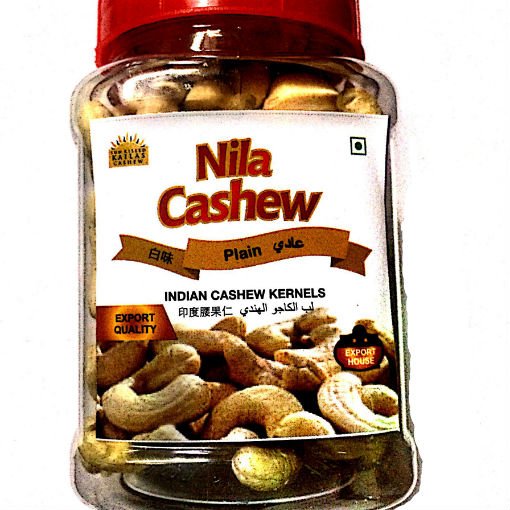Cashew market in India
Cashew, a tree native of Eastern Brazil, was introduced in India by the Portuguese nearly five centuries ago. In India, cashew was first introduced in Goa, from where it spread to other parts of the country. Commercial cultivation began in the early 1960s and over the years, cashew became a crop with high economic value and attained the status of an export-oriented commodity, earning considerable foreign exchange for the country.

In order to develop their oversea cashew market, India even established a department called The Cashew Export Promotion Council of India (CEPCI). It works to promote the export of cashew kernels. The council serves as an intermediary between importers of cashew kernels and exporters who are members of the council. It also deals with disputes on exports/imports arising due to quality standards and breach of contractual obligations, among others. It undertakes numerous activities, such as organizing global buyer-seller meets as well as studies on nutritional aspects of cashew, and providing support to cashew processors and exporters for improving infrastructure. Indeed, it made a positive difference. Export earnings from cashew and allied products during fiscal year of 2015-2016 stood at US$ 765 million, which made a big progress compared with before.
India produces about 6 to 7 million tons of cashew per year, and is the world’s leading cashew producing area in recent years. Even if prices rise, the demand for cashew nuts is still strong. The data shows that global cashew demand has surged 53% since 2010, and the market value of the product is expected to increase by 5.7% annually from 2014 to 2019.
